I am trying to build a transistor computer, and I want to save as much resources as possible. However, I also want it to be practical, so I am implementing a binary-decimal conversion. In order to convert binary to decimal, you must first convert it to BCD(binary-coded decimal). I am working on a machine that converts a 4-bit value to BCD, using a previous post as guidelines. I popped the truth table into Circuitverse's Combinational analysis feature, and it gave me a solution that had 45 transistors in it. Since then, I have compacted it to include only 38 transistors, but I hope that I can go farther and make the converter even less costly. Here is my current design in logic gates:
Hyperlink: Circuitverse
Could someone help me make this device even smaller in terms of transistor count? It would be great!

